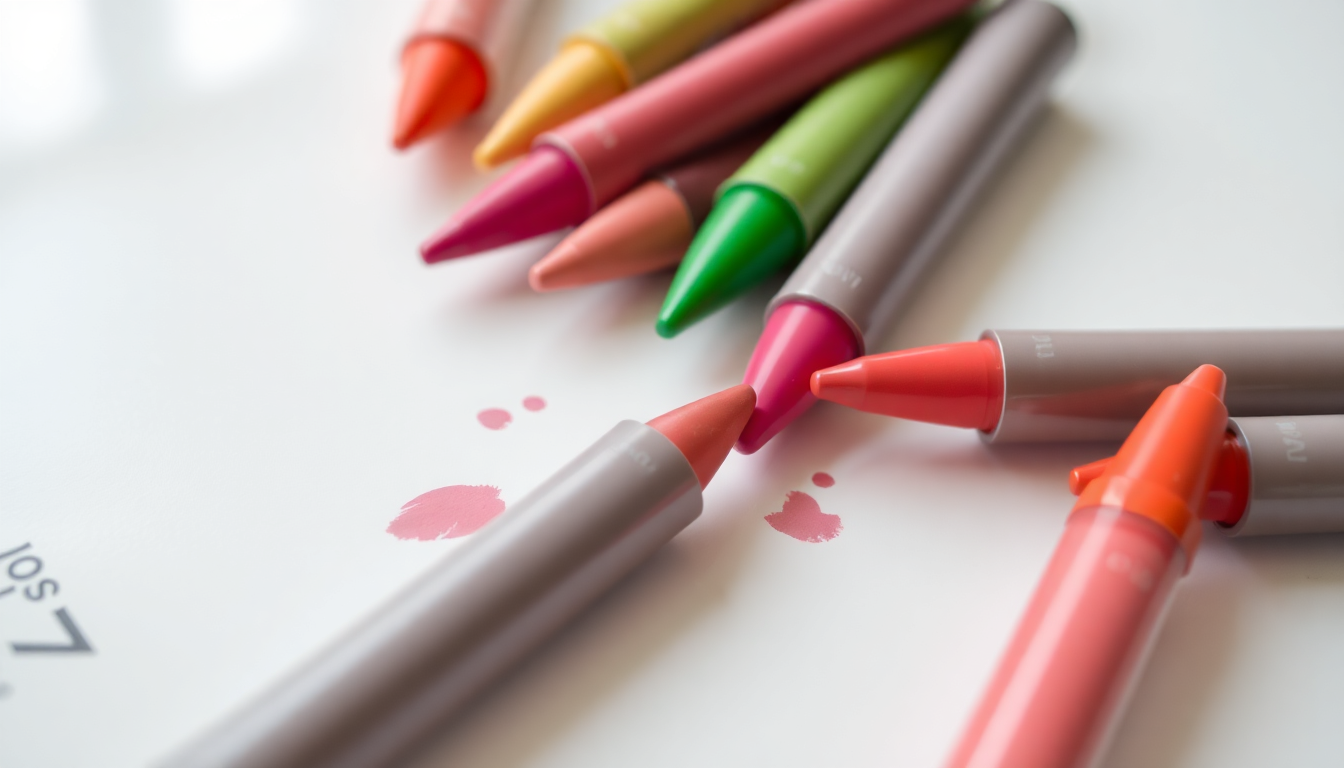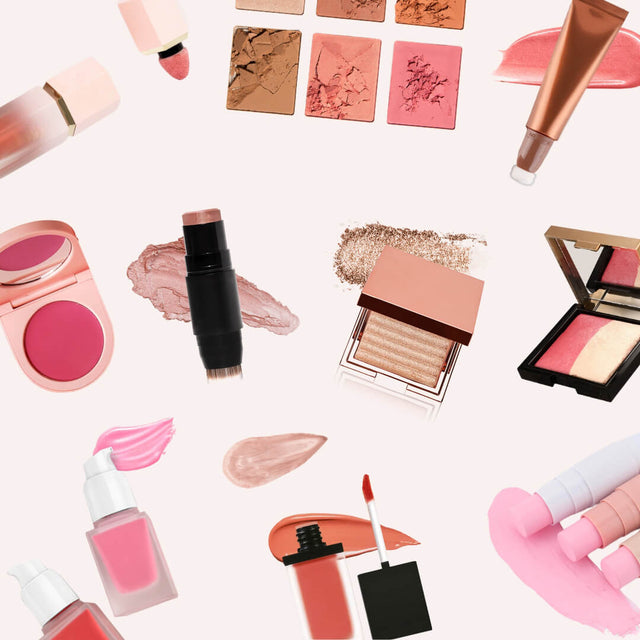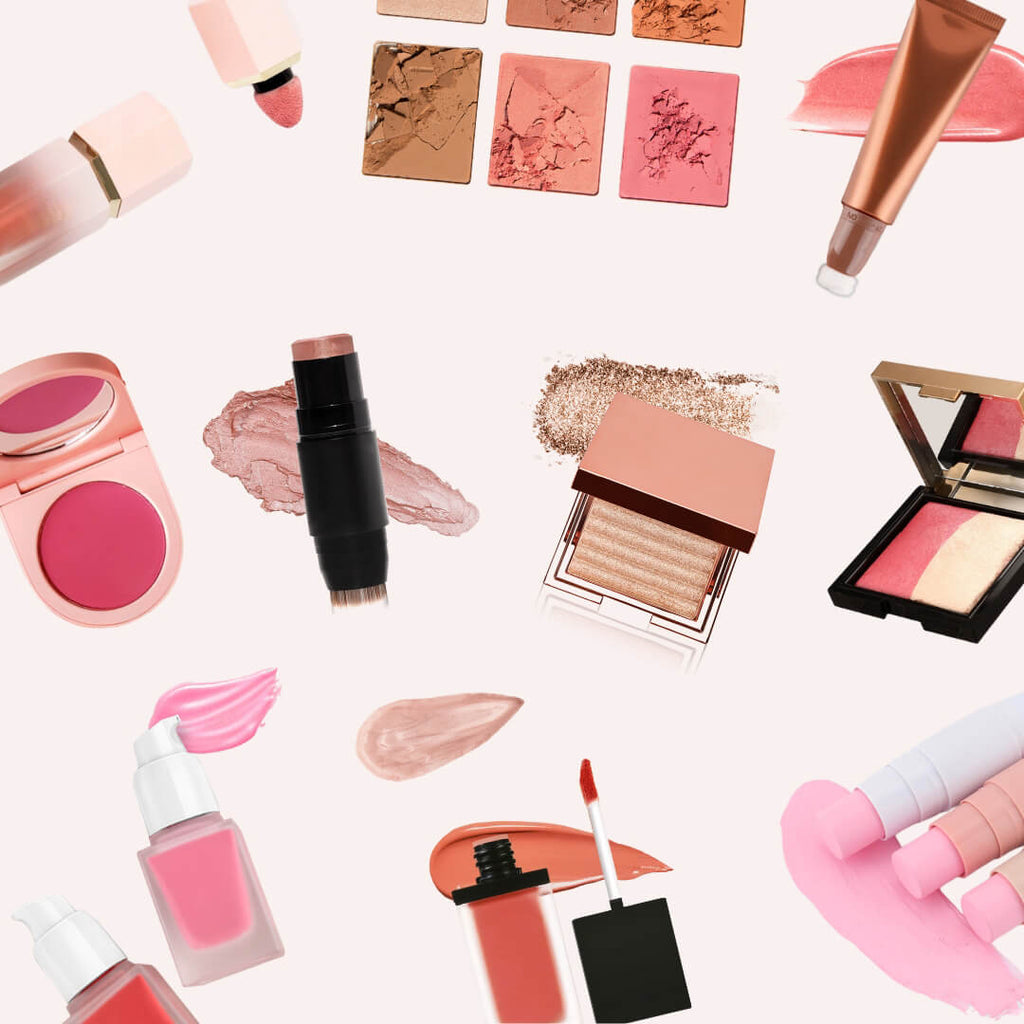
Lip Crayon Launch Blueprint: Crafting Multi-Use, Vegan Formulas with Low MOQ and High Impact Packaging
Ultimate Guide to Launching Lip Crayons Like a Pro
Why Lip Crayons are Your 2025 Brand Launchpad (+Trend Data)
In the vibrant and ever-evolving beauty industry, lip crayons have emerged as an essential product for new beauty brands aiming for a strong market presence. These versatile, easy-to-use products offer the perfect blend of lipstick pigment and lip liner precision, providing consumers with multi-use functionality that fits effortlessly into their daily routines.
For beginner beauty entrepreneurs, launching a private label lip crayon is an exciting opportunity to tap into a growing segment that values convenience, quality, and ethical formulation. Here are the key reasons why lip crayons are your 2025 launchpad:
- Market Growth & Consumer Demand: The lip crayon segment saw an 18% growth rate between 2024 and 2025 (Mintel), driven by consumers’ interest in multi-functional products that combine color and care.
- Finish Trends: Matte finishes dominate consumer preferences, with matte lip crayons experiencing a 32% increase in sales in Q1 2024 (NPD Group). Satin finishes also remain popular for their subtle sheen and comfort.
- Shade Popularity: The two top trending shades for lip crayons in 2025 are warm terracotta and soft mauve, favored for their seasonal versatility and universal appeal.
Additional Insights: Consumers increasingly demand vegan, cruelty-free, and sustainable products, making these non-negotiable pillars for your formulation and branding strategy.
Step 1: Formula Foundations - What Beginners MUST Know
Crafting a winning lip crayon formula involves balancing performance, ethical standards, and cost-effectiveness. For beginners, understanding the basics of formulation and ingredient sourcing is key to launching a product that resonates with today’s conscious consumer.
Beginner-Friendly Formulations
Start by focusing on a creamy, non-sticky texture that glides smoothly without drying out the lips. A popular base includes a blend of nourishing natural oils and waxes such as:
- Candelilla Wax: A vegan wax alternative to beeswax, provides structure and a smooth tip.
- Shea Butter and Cocoa Butter: These butters nourish and hydrate lips, enhancing comfort.
- Jojoba Oil and Castor Oil: Lightweight oils that promote glide and shine without greasiness.
Tip: Use a combination of hard and soft waxes to achieve a balanced firmness that holds shape but is still easy to apply.
Vegan & Cruelty-Free Must-Haves
In 2025, vegan lip products are no longer niche—they are mainstream expectations. To ensure your lip crayon is fully vegan and cruelty-free, avoid animal-derived ingredients such as beeswax, lanolin, and carmine pigment. Instead, lean on plant-based waxes and iron oxides or synthetic pigments approved for vegan use.
Cost-Saving Formulation Tips
Raw materials can quickly inflate your cost per unit. Here are some tips to manage costs without sacrificing quality:
- Source ingredients from reputable suppliers offering bulk discounts.
- Use multi-functional ingredients (e.g., oils that moisturize and improve texture).
- Limit the use of rare or exotic actives unless targeting a premium niche.
- Keep the formula simple initially, then iterate based on customer feedback.
Formula Development Checklist
- Use vegan wax blends like candelilla and carnauba.
- Incorporate moisturizing oils and butters for comfort.
- Choose FDA-approved, vegan-friendly pigments.
- Ensure the formula is non-sticky and long-wearing.
- Never skip stability and wear testing! These confirm shelf life and consumer satisfaction.
Step 2: Packaging That Sells - Budget to Luxury Options
Packaging plays a pivotal role in product success—from protecting the formula to captivating consumers on shelves and online. For lip crayons, the packaging must be functional, attractive, and aligned with your brand ethos and budget.
Affordable Packaging Options (Under $0.80/unit)
Entry-level packaging typically includes polypropylene twist-up tubes, which are reliable and cost-efficient. These tubes often come in standard sizes and can be customized with printed labels or sleeves to showcase your brand identity.
- Pros: Low cost, widely available, easy to customize.
- Cons: Less premium feel, limited design flexibility.
Premium Packaging Upgrades
For a luxury market or to differentiate your brand, consider:
- Aluminum or Metal Tubes: Provide a sleek, high-end aesthetic and are durable.
- Dual-Ended Designs: Combine lip crayon with a built-in sharpener or lip balm for multi-use appeal.
- Custom Molded Caps: Embossed or uniquely shaped caps can elevate brand perception.
Premium packaging typically costs $1.50 to $3.00 per unit, depending on complexity and material.
Sustainable Packaging Alternatives
Eco-conscious packaging is gaining momentum and offers an opportunity to connect with sustainability-minded consumers.
- Sugarcane Bioplastic Tubes: Derived from renewable resources, these tubes reduce carbon footprint.
- Recycled Paperboard Boxes: Use FSC-certified materials with soy-based inks for outer cartons.
- Refillable Systems: Innovative refillable lip crayon cases can reduce waste and encourage repeat purchases.
Minimum Order Quantities (MOQ) Considerations
Many packaging suppliers require MOQs ranging from 500 to 1000 units. To manage cash flow and inventory risks, negotiate MOQs by:
- Starting with a core selection of shades and SKU types.
- Choosing simpler packaging components that are more readily available.
- Partnering with manufacturers who specialize in low MOQ private label services.
Packaging Selection Checklist
- Evaluate cost vs. brand positioning before selecting materials.
- Ensure packaging protects the formula from contamination and damage.
- Confirm compatibility of packaging components with your formula (e.g., tube material and wax content).
- Request samples of packaging early to test functionality and aesthetics.
- Consider sustainable options to appeal to eco-conscious consumers.
Step 3: Color Selection Science - From Pantone to Profit
Choosing your initial color offering is like building a capsule wardrobe for lips: select versatile, timeless, and on-trend shades that cater to a wide audience and multiple seasons.
How To Select Your 5 Starter Shades
Consider the following when curating your first collection:
- Seasonal Adaptability: Include colors that work well across seasons to maximize sales.
- Skin Tone Inclusivity: Pick shades flattering on diverse skin tones to broaden your market appeal.
- Finish Variety: Offer matte and satin finishes for consumer choice.
Recommended Starter Shades with Pantone Codes
- Warm Terracotta (Pantone 16-1349 TCX): A rich, earthy tone perfect for fall and winter.
- Soft Mauve (Pantone 16-3207 TCX): A muted pinkish-purple that suits everyday wear.
- Classic Red (Pantone 18-1664 TCX): A bold, timeless shade for statement looks.
- Nude Beige (Pantone 13-0915 TCX): A subtle neutral that complements many skin tones.
- Berry Pink (Pantone 18-2043 TCX): A fresh pop of color ideal for spring and summer.
Color Strategy Checklist
- Research trending colors and consumer preferences regularly.
- Use Pantone color references to ensure accurate communication with your manufacturer.
- Test color stability to avoid fading or discoloration over time.
- Include at least one bold and one neutral shade in your launch palette.
- Consider offering limited edition or seasonal shades to generate buzz.
Step 4: Cost Control Tactics - Manufacturing Insider Tips
Budget-conscious founders must navigate production costs carefully to protect their bottom line. Here’s a realistic breakdown and insider tips to help you manage your investment effectively.
Realistic Cost Breakdown
- Formula Production: Lip crayon manufacturing typically ranges from $1.50 to $3.00 per unit at MOQs of 500-1000 units.
- Packaging: Affordable polypropylene tubes cost around $0.50-$0.80 per unit, while premium or sustainable options can push costs to $1.50 or more.
- Certifications: Vegan and cruelty-free certifications can add $300-$700 in fees, depending on the certifying body.
- Labeling & Design: Graphic design and printing may range from $0.10-$0.30 per unit.
- Shipping & Duties: International freight and customs can impact your landed cost significantly; budget approximately 10-15% of product cost.
Hidden Cost Alerts
Watch out for these often overlooked expenses:
- Formula modifications or reformulations after initial approval.
- Quality control testing and batch rejections.
- Storage fees for excess inventory.
- Marketing and promotional materials related to product launch.
Cost-Saving Strategies
- Negotiate MOQs and pricing by bundling multiple SKUs.
- Order samples before production to avoid costly mistakes.
- Choose in-house graphic design or freelancers to reduce branding expenses.
- Partner with manufacturers who offer turnkey services to minimize coordination overhead.
Budget Control Checklist
- Request detailed, itemized quotes from suppliers.
- Include contingency funds (~10%) for unexpected costs.
- Track all expenses with dedicated budget spreadsheets or software.
- Plan for certification and shipping costs upfront.
- Review and revise your budget regularly as the project progresses.
Manufacturer's Corner: How We Make Lip Crayon Development Painless
Partnering with the right manufacturer can transform your lip crayon launch from daunting to seamless. Here’s our expert advice on what to look for and questions to ask:
5 Critical Questions to Ask Your Supplier
- Can you produce vegan and cruelty-free lip crayons with low MOQs (under 1,000 units)? This ensures your brand can start small and scale gradually.
- What is your typical lead time from formula approval to shipment? Understand timelines to plan your launch effectively.
- Do you offer custom color matching and stability testing services? These are essential for reliable product quality.
- What packaging options and MOQs do you offer? This helps avoid surprises in design and ordering requirements.
- Can you assist with vegan and cruelty-free certifications? Manufacturer support here can speed up compliance and build consumer trust.
Red Flags in Product Development
- Lack of transparency in pricing or unwillingness to provide detailed quotes.
- Delays in communication or vague answers to formulation questions.
- No sample provision or reluctance to conduct stability testing.
- High MOQs without flexibility for start-ups.
- Inability to support ethical certifications or sustainable packaging options.
Remember: A good manufacturer is a partner invested in your success. Choose wisely and build a relationship based on trust, transparency, and shared goals.
Ready to formulate? Request our Lip Crayon Starter Kit today and take the first step towards launching your custom cosmetics line with confidence! Visit our contact page to get started.




